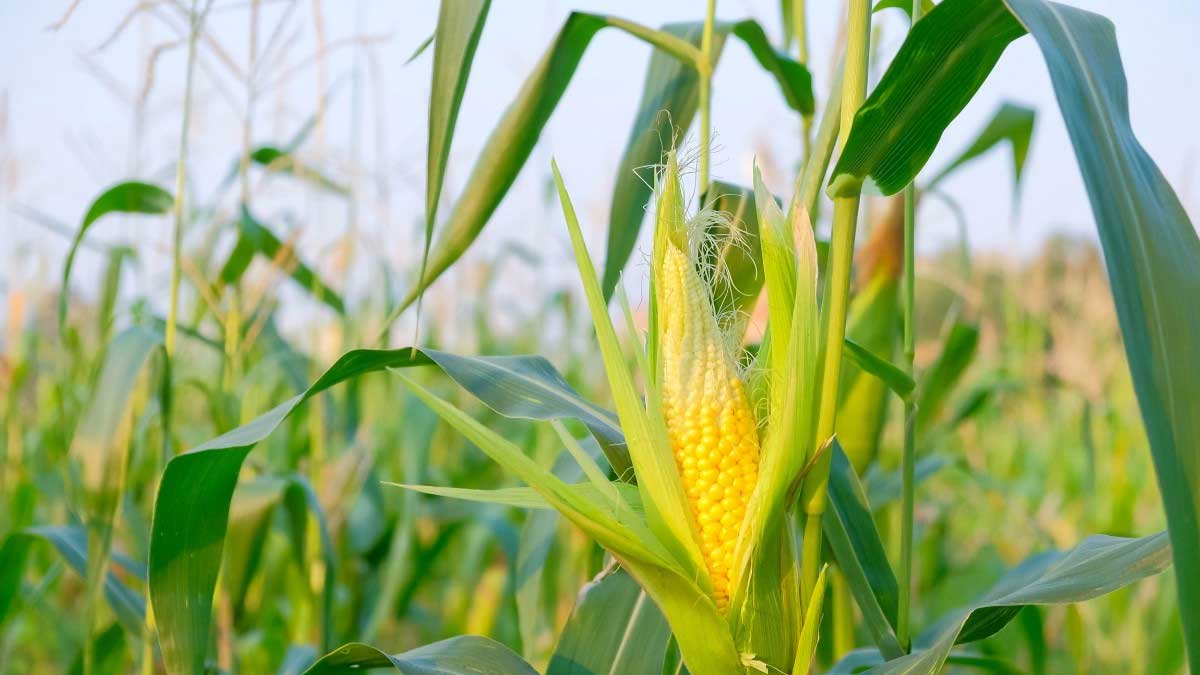The Electronic Warehouse Receipt Financing (EWRF) is going to be launch at a roadshow for maize crop in Kasur’s Chunian tehsil on Tuesday, the State Bank of Pakistan (SBP) revealed their plan.
Warehouse Funding is a big move taken by SBP for the farmers in the country. The central bank holds such events with the aim to promote the agriculture sector in association with commercial banks. This launch will officially initiate the short-term action plan for the uptake of EWRF.
Last year, the initiative of SBP proved to be very helpful to significantly improve not only the country’s agriculture but also addressing food insecurity through EWRF.
In March last year, the Electronic Warehouse Receipt Financing was launched on rice and paddy stocks in the Hafizabad district.
Read more: Kisan Portal launched for farmers to help them adopt new agriculture techniques
Moreover, sources said that a private SECP-registered entity issued the Electronic Warehouse Receipt (EWR). This private entity is connected with all commercial banks across the country through an electronic system
“The company installs its system in the warehouse of farmers. After installation, its representative issues a receipt to the farmer regarding stock (quantity, quality, and price) available in the warehouse.
On having EWR, the farmer becomes eligible of getting finance/loan (70 percent of the value of the total stock) from any bank,” an SBP official said while talking to the media on Saturday.
“After the Electronic Warehouse Receipt is appended with the loan applications, banks can process and approve such cases,” he added.
Besides, the SBP has also increased the indicative credit limits for agriculture financing by banks to farmers. This will align the financing amount with agriculture input requirements.
The agriculture borrowers will be directly benefitted from the enhanced indicative credit limits as they will be able to get more credit from banks, thus enhancing agriculture productivity through sufficient use of inputs.
According to the SBP press statement, this step will also allow banks to align the loan amounts with the actual necessities of farmers and consequently boost up the flow of agriculture credit.
It is worth mentioning that the indicative credit limits are the guideline for banks for assessing the credit requirements of agriculture borrowers while authorizing credit limits.





















